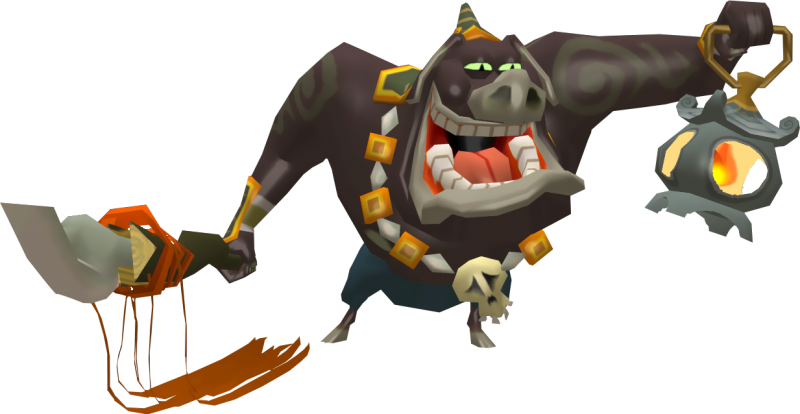
How can exploring the same Hyrule, one so many of us became so familiar with in Breath of the Wild, remain compelling a second time around? Because the passage of time leaves its mark on all things, and this Hyrule is deeply marked by time. Now Tears of the Kingdom returns us to the same Hyrule. Breath of the Wild really brings its own terrain to the forefront, making you aware of the natural world around you in a way few games do. You’re constantly climbing rocks, and it always starts thunderstorming at the worst time. Though Breath of the Wild’s narrative saw an amnesia-ridden Link rediscovering memories of his own past that illuminated his connection with Princess Zelda, the real relationship at the game’s core was the one between Link and Hyrule itself. Instead, though, what we’ve gotten is another game of incredible inventiveness, one that encourages play in the truest sense, that reminds us, if we’ve forgotten, that the world is full of magic, after all. The revelation that Breath of the Wild’s follow-up would be a direct sequel, set in the same Hyrule and continuing the story of the same Link and the same Zelda, left me concerned that we might be back on the path to sameness, that Nintendo might play it safe with sequels that just replicated that game’s design principles rather than finding new ways to build on the series’ potential. Breath of the Wild changed all that, giving us a vast Hyrule full of natural beauty and magical mystery. The tales the games told were full of magic, but the gameplay had little magic or wonder to offer. For decades, Zelda’s design had stagnated, becoming a rigid, lifeless sequence of locks and keys.

With 2017’s Breath of the Wild, Nintendo boldly reinvigorated its beloved fantasy series, The Legend of Zelda.


 0 kommentar(er)
0 kommentar(er)
